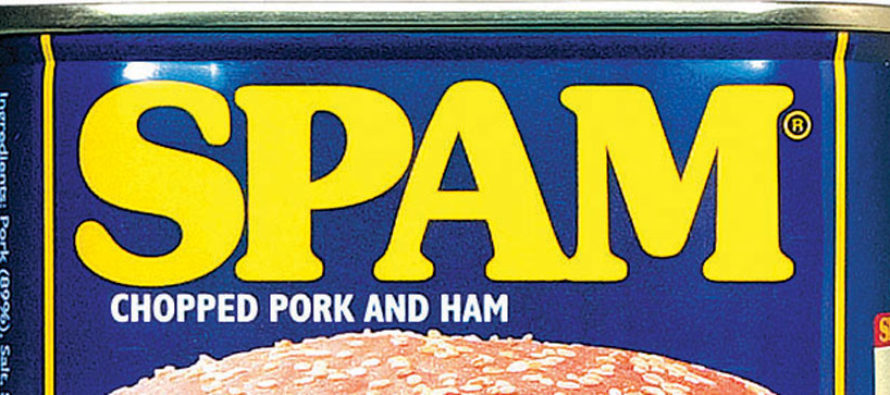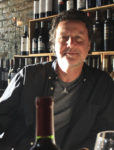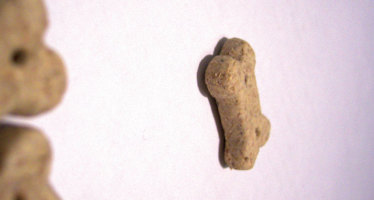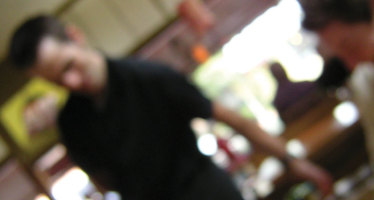The Dumpster: In the Raw

On a recent jaunt to Hawaii’s Big Island, I was introduced to the traditional bowl of raw ahi stirred up with soy sauce and sesame seeds, called poke. Although it looked like an exposed brain, I fell instantly in love with its decadent healthiness. Bonus: I had just finished Larry McMurtry’s Lonesome Dove, and enjoyed quoting from it: “Can I have a little poke?”
We also prepared raw ono marinated in lime, coconut milk and pineapple—basically a fish daiquiri. And kalua pig. (Also not a cocktail).We cooked all this at home. By home I mean the sterile rental house which had clearly never been anyone’s actual home, and by cooked I mean we put it in a bowl and stirred it.
Our home kitchen was very spartan, which is fine in Hawaii because:
- cooking heats up the house,
- few houses have air conditioning, and,
- why cook when you can be at the beach?
Besides the occasional brewpub burgers and deep-fried bits of things, I didn’t encounter much cook-type cooking. Most of the food we saw was simple, fresh and cold. While the French linger over lunches, picking at course after course, Hawaiians dive into poi and laulau and kalua pig, git-er-done, and move on—much like my father ate, who in no other way resembled a Hawaiian.
Hawaii offers lots of fresh fish because:
- it’s far better than frozen fish,
- it’s right there, and
- Hawaii is 2,500 miles from the nearest Costco.
In 1794, British Captain George Vancouver gifted a dozen cows to Hawaiian King Kamehameha, who was so impressed that he placed a kapu (taboo) on them. The kapu was lifted fifty years later because:
- there were now over 35,000 cows,
- they were killing people and tromping hundreds of plants into extinction, and,
- cows taste good.
I had a couple of locally-grown, grass-fed hamburgers that were out of this world, putting my Midwestern meat snobbery to shame. The restauranteurs were not posey locavores. It’s just that in Hawaii, everything is locally grown. Even the Big Island, at its widest, is only 90 miles across, marked by an 8-mile-long feature named the Great Crack, which I mention here because even geography can be naughty.
Anything that can’t be grown must be shipped in a can across the Pacific, which is why crap food is so much more expensive in Hawaii than fresh.
Lest you miss your Costco cuisine, most every restaurant offers stadium cheese, which is the Hawaiian term for that plasticky orange food-like product we glob onto “nachos” out of a pump at the movie theater. Besides the dreamy fresh fish, bananas and pineapple, Hawaii offers pretty much any canned food that can survive on a literal slow boat from China.
Back in Omaha I was offered a culinary class in which one names a pig, butchers it, then takes the pieces home to store in the freezer. It’s all well and good to know where your food comes from, and I suppose naming your pig is appropriate when you’re going to eat off of it for a year. That’s longer than many of my so-called serious relationships. Hawaiians don’t give their fish names because really it’s just a one meal fling and then it’s over.
It is a 1,500-mile journey from my home in Nebraska to the Pacific Coast, then 2,500 miles more to Hawaii. That’s how far my wife traveled to enjoy her first taste of Spam, a Hawaiian favorite, after she snapped up a can prominently displayed in a Kona grocery store. That’s also how far the can of Spam traveled. It was made in Nebraska.

Michael Campbell
Michael Campbell is a songwriter and humor essayist. His “Dumpster” column closes every issue of Food & Spirits magazine. He has authored two books, including Are You Going To Eat That? (2009), and Of Mice and Me (2017). He also has four albums of original songs. The latest, My Turn Now, was released in 2015. Learn more at michaelcampbellsongwriter.com.
Related Articles
The Dumpster: Loyal to the Bone
I bought a bag of Newman’s Own Organic Second Generation Premium Dog Treats. There were about as many little snacks
The State of the Omaha Restaurant Scene: The Past, Present and Future of Change
So just who do I think I am, anyway? Well, maybe the luckiest guy around. For a lot of reasons,
Food Service Warrior: The Regulars
“Some times you want to go where everybody knows your name, and they’re always glad you came.” How many people
No comments
Write a commentOnly registered users can comment.














